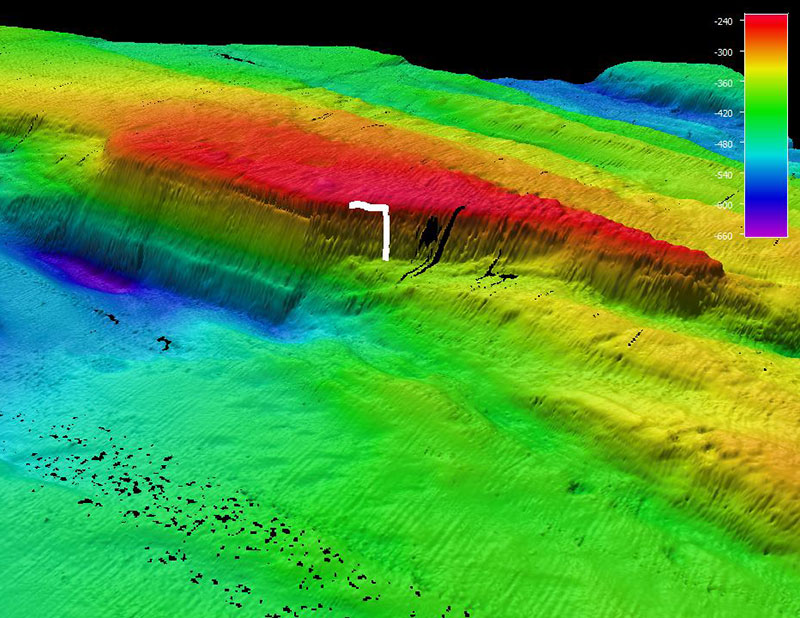-
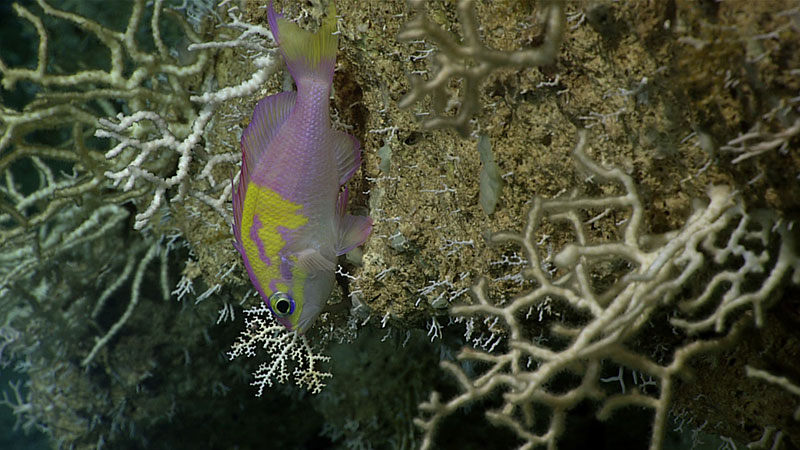
Roughtongue bass Pronotogrammus martinicensis seen next to to stylasterid corals during Dive 15. Image courtesy of the NOAA Office of Ocean Exploration and Research, Exploring Deep-sea Habitats off Puerto Rico and the U.S. Virgin Islands. Download larger version (jpg, 1.1 MB).
-
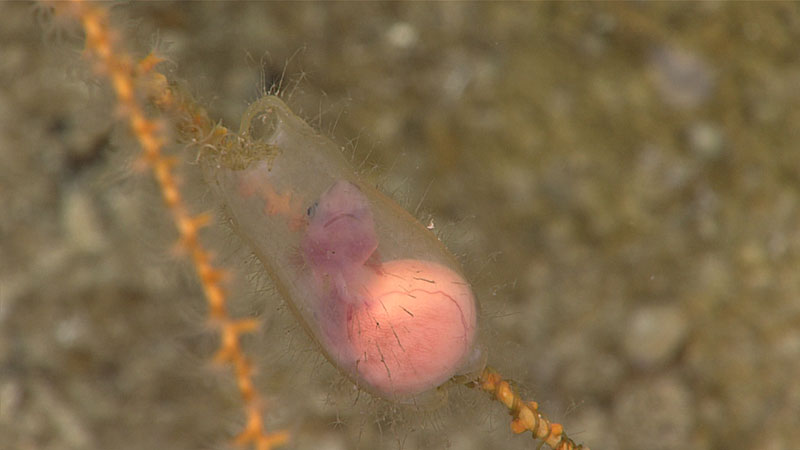
A highlight of Dive 15 was the sighting of a translucent egg case with a catshark embryo actively swimming inside. Image courtesy of the NOAA Office of Ocean Exploration and Research, Exploring Deep-sea Habitats off Puerto Rico and the U.S. Virgin Islands. Download larger version (jpg, 746 KB).
-
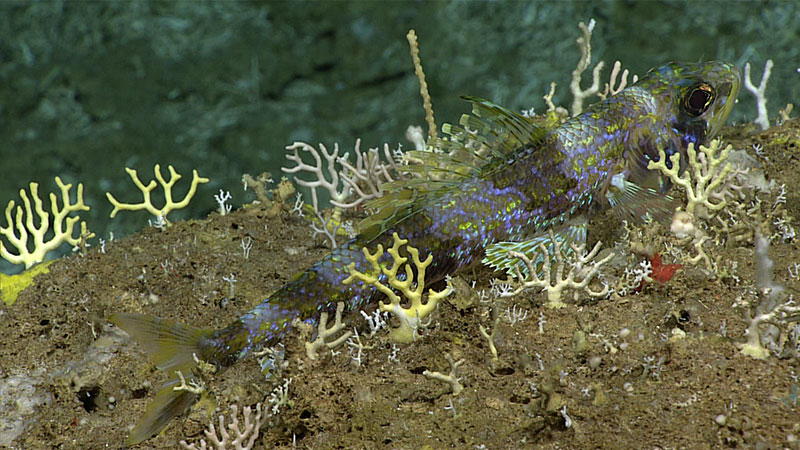
Yellowfish flagfish Aulopus filametosus seen next to patch of small stylasterid corals. Image courtesy of the NOAA Office of Ocean Exploration and Research, Exploring Deep-sea Habitats off Puerto Rico and the U.S. Virgin Islands. Download larger version (jpg, 1.3 MB).
-
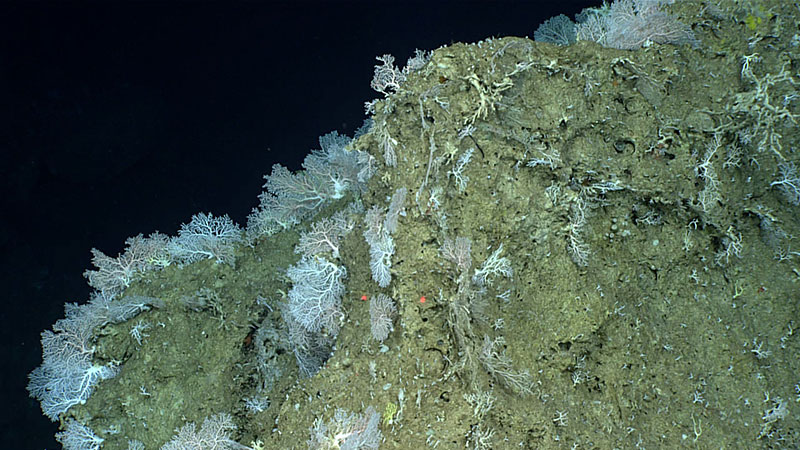
Stylaterid corals were by far the most abundant corals on today’s dive. Image courtesy of the NOAA Office of Ocean Exploration and Research, Exploring Deep-sea Habitats off Puerto Rico and the U.S. Virgin Islands. Download larger version (jpg, 1.5 MB).
-
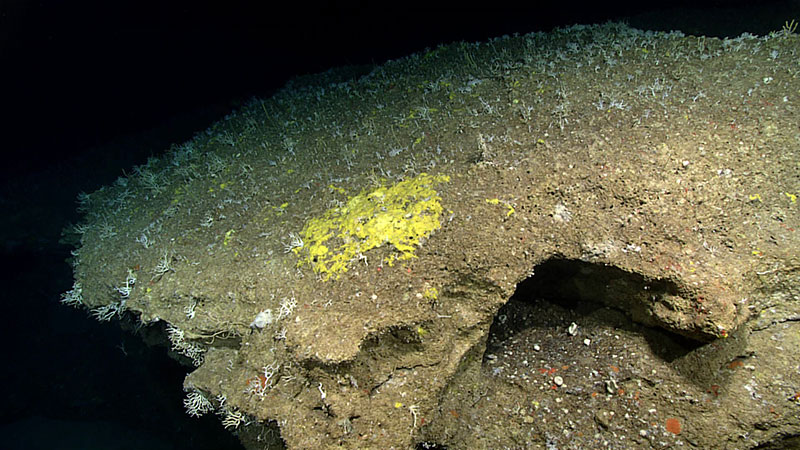
The terrain explored during Dive 15 included a lot of overhangs and crevices, which provided great habitat for a wide diversity of organisms. Image courtesy of the NOAA Office of Ocean Exploration and Research, Exploring Deep-sea Habitats off Puerto Rico and the U.S. Virgin Islands. Download larger version (jpg, 1.5 MB).

